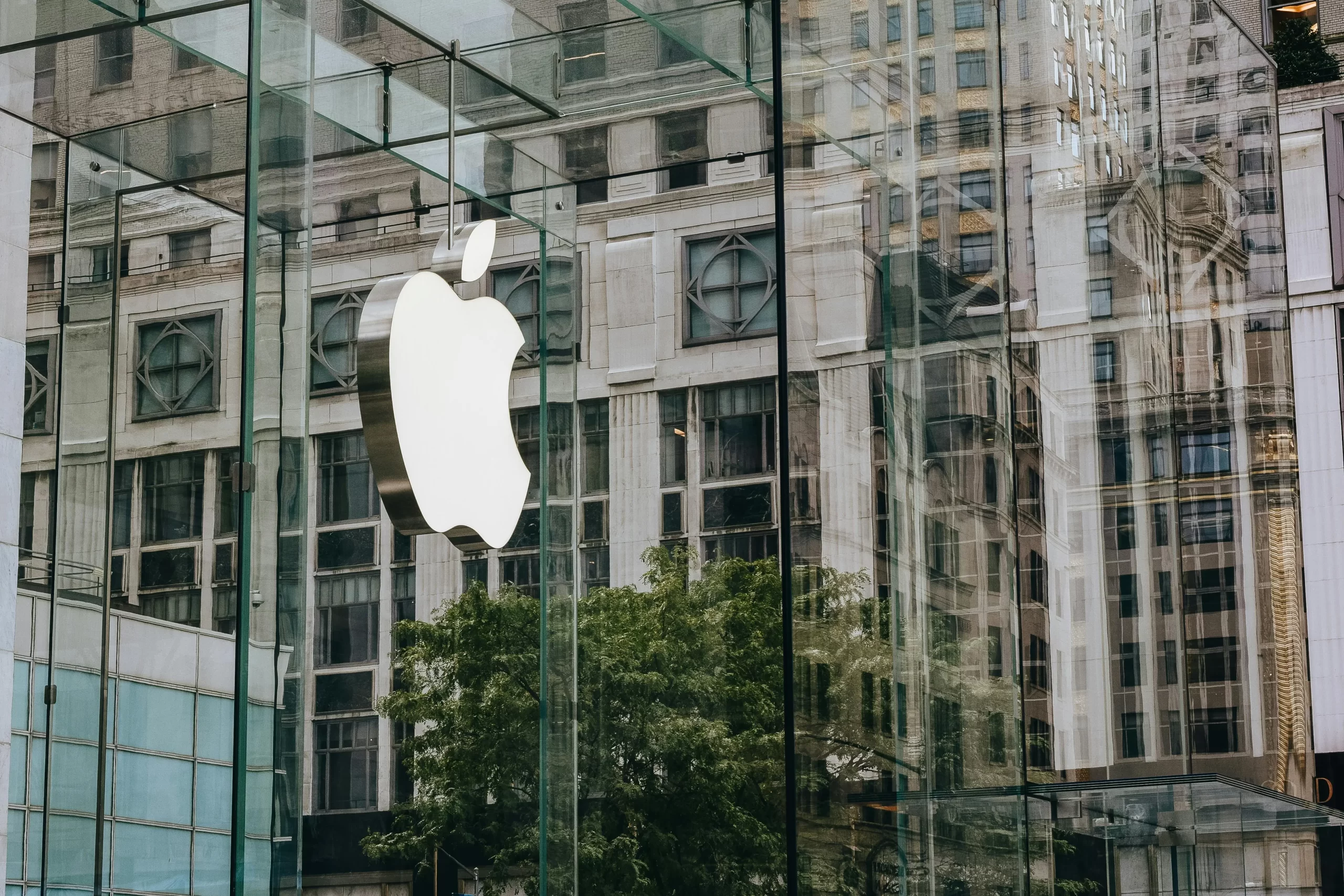Case Studies
How Apple’s Culture of Collaboration Creates Game-Changing Products

Apple has long been recognized as an innovation powerhouse, producing game-changing products that redefine industries. But what truly sets Apple apart is its culture of collaboration—a deeply ingrained philosophy that fosters cross-functional teamwork, breaking down silos to create seamless, user-centric products.
Steve Jobs once said, “Great things in business are never done by one person. They’re done by a team of people.” This belief continues to shape Apple’s DNA, ensuring that design, engineering, and business teams work in harmony to drive innovation.
How Walmart Planned Its Digital Shift
Apple’s product development model is not hierarchical; instead, it operates on a functional organizational structure that enables deep collaboration between teams.
- Cross-Disciplinary Teams – Engineers, designers, and business strategists work together from concept to execution.
- Seamless Integration – Hardware and software teams align closely to ensure smooth user experiences.
- Iterative Design Process – Apple emphasizes continuous prototyping, feedback, and refinement.
- Centralized Decision-Making – A top-down yet deeply collaborative approach ensures consistency across all products.
Example: The creation of the iPhone was a result of extensive collaboration between software engineers (iOS), hardware designers, industrial designers, and marketing teams, ensuring a holistic and user-friendly device.
Key Performance Indicators (KPIs) Behind Apple’s Success
To maintain its competitive edge, Apple tracks critical KPIs that measure both innovation impact and product success:
- Customer Satisfaction Score (CSAT) – Measures user happiness across all Apple products.
- Net Promoter Score (NPS) – Gauges customer loyalty and brand advocacy.
- Time-to-Market Efficiency – Tracks product development speed without sacrificing quality.
- Revenue per Product Line – Assesses profitability and market reception.
- R&D Investment vs. ROI – Ensures continued investment in high-impact innovations.
Example: Apple’s ability to synchronize product launches and optimize supply chain logistics is a direct result of its integrated team collaboration model.
Gamification & Innovation: Keeping Teams Engaged
Apple fosters innovation through internal motivation mechanisms and gamification strategies that drive engagement.
- Skunkworks Projects – Secretive innovation labs where small teams work on disruptive ideas.
- Prototyping Challenges – Engineers and designers are encouraged to present new concepts in hackathon-style environments.
- Recognition & Rewards – High-performing teams receive internal awards and exposure to top leadership.
- Internal Competition – Teams often pitch ideas internally, fostering a startup-like innovation culture.
Example: The development of Face ID technology stemmed from an internal challenge where teams worked competitively to refine facial recognition algorithms.
Applying the Total Football Framework (TFT) to Apple’s Collaborative Model
Apple’s cross-functional teamwork aligns closely with the Total Football Teams (TFT) Framework, which promotes fluid roles, adaptability, and shared responsibility.
- Dynamic Role Switching – Just as players in TFT adapt to different positions based on game flow, Apple’s teams switch roles based on project needs, ensuring flexibility and expertise-sharing.
- Real-Time Problem Solving – TFT encourages instant decision-making on the field; similarly, Apple fosters rapid prototyping and real-time iteration.
- Strategic Synchronization – Like TFT teams analyzing opponents and adjusting gameplay, Apple teams leverage customer insights and competitive analysis to refine product strategy.
- Continuous Learning & Adaptation – Apple’s culture of ongoing innovation reflects TFT’s philosophy of iterative growth and tactical evolution.
Example: If Apple integrates a TFT-inspired AI-driven collaboration platform, it can further enhance interdepartmental efficiency, reducing product development time by 20-30%.
The Future of Apple’s Collaborative Innovation Model
Apple’s commitment to collaboration continues to shape its future innovation roadmap:
- AI-Powered Product Development – Enhancing personalization in Apple devices using AI-driven analytics.
- Sustainable Innovation – Expanding efforts in carbon-neutral products and energy-efficient hardware.
- Augmented Reality & AI Integration – Driving future innovations in AR smart glasses and voice-activated assistants.
- Custom Silicon Advancements – Continued investments in proprietary chips to differentiate performance.
Example: Apple’s M-series chips, developed in-house, are a direct result of close collaboration between chip designers, software engineers, and hardware teams, showcasing the power of cross-functional teamwork.
Final Takeaways: Why Apple’s Collaborative Culture Works
Apple’s success isn’t just about technology—it’s about people, collaboration, and a shared vision for innovation.
- A cross-functional model enhances speed, efficiency, and quality.
- KPIs ensure that collaboration directly impacts business success.
- Gamification strategies keep teams motivated and innovative.
- TFT-inspired adaptability creates a dynamic and agile work culture.
Apple isn’t just designing products—it’s designing the future of technology through collaboration. The real question is: How can other companies build this level of teamwork into their innovation processes?
